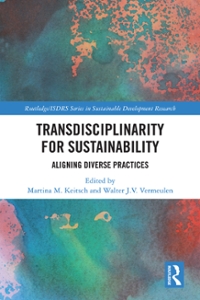Question
Consider a closed economy, in which the aggregate production function is = 0.20.30.5. Suppose that = . There are also transaction costs taking the form
Consider a closed economy, in which the aggregate production function is = 0.20.30.5. Suppose that = . There are also transaction costs taking the form of legal fees captured by the parameter , which measures the per worker transaction costs of converting savings into investment. In addition, suppose that two First Nations Reserves (FNRs) have identical population size and share the following parameters: = 4, = 1, = 10 %, = 0 %, = 30 % and = 10 %. One of the FNRs is in the low-income steady state equilibrium, = 1, and the other FNR is in the high-income steady state equilibrium, = 9. All variables and parameters are defined as in the lecture notes. Suppose that the federal government signs a treaty with each of the two FNRs that reduce the size of the transaction costs to = 20 %.
a) (2 pts.) Convert the aggregate production function into the per worker production function by expressing as a function of .
b) (4 pts.) Solve for the steady state human capital per worker, , for each of the two equilibria corresponding to = 20 %.
c) (2 pts.) Solve for the steady state output per worker, , for each of the two equilibria corresponding to = 20 %. d) (8 pts.) Briefly describe the transitional dynamics in response to the reduction in the transaction costs from = 30 % to = 20 %. Word limit for the entire part
d): 100 words. The word limit does not apply to mathematical symbols or expressions. Penalties for non-compliance will be imposed. i. (2 pts.) Briefly describe the transitional dynamics for each of the two FNRs. ii. (2 pts.) Briefly describe the impact on human capital per worker in the short-run and in the long-run for each of the two FNRs. iii. (2 pts.) Briefly describe the impact on income per capita in the short-run and in the longrun for each of the two FNRs. iv. (2 pts.) Briefly describe the impact on the short-run and the long-run income disparities across the two FNRs.
e) (8 pts.) In a single properly labeled graph in ( ) space, illustrate the steady-state equilibria corresponding to = 30 % and = 20 % as well as transitional dynamics of the two FNRs.
f) (4 pts.) In a single graph, construct the Lorenz curves for the income inequality corresponding to = 20 % and to = 30 % in an imaginary jurisdiction consisting of only the two FNRs. 3
g) (4 pts.) Calculate the Gini coefficient for the income inequality corresponding to = 20 % and for that corresponding to = 30 % in an imaginary jurisdiction consisting only the two FNRs.
h) (4 pts.) The federal government is interested in evaluating the impact of signing treaties with FNRs. Calculate the range of values of , for which big push educational policies pursued by the federal government are no longer necessary for FNRs to escape the poverty trap.
Step by Step Solution
There are 3 Steps involved in it
Step: 1

Get Instant Access to Expert-Tailored Solutions
See step-by-step solutions with expert insights and AI powered tools for academic success
Step: 2

Step: 3

Ace Your Homework with AI
Get the answers you need in no time with our AI-driven, step-by-step assistance
Get Started


